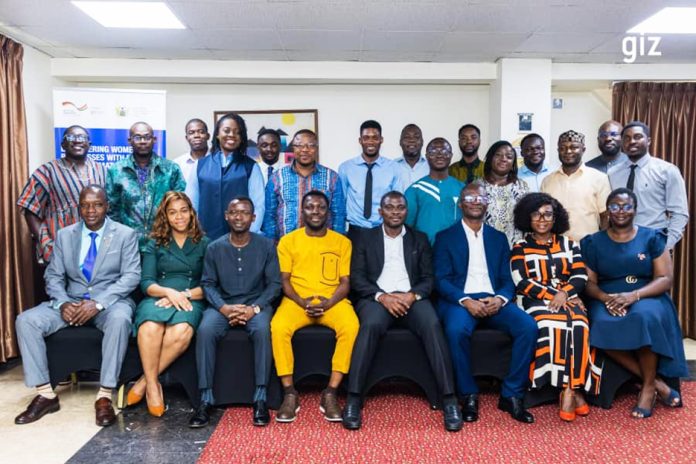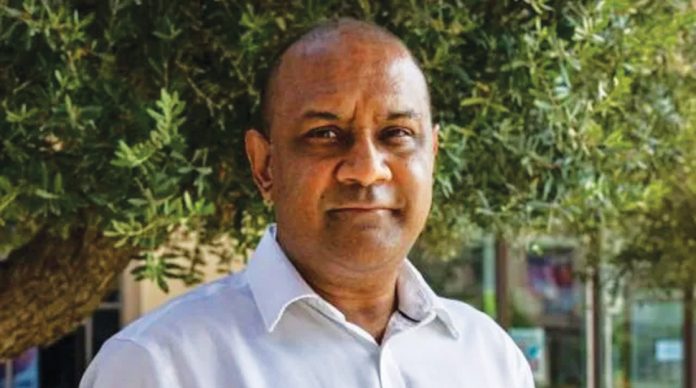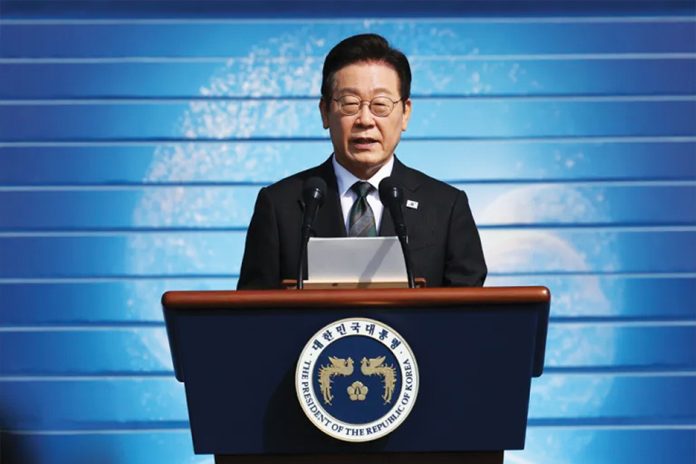Justice James Omotosho of the Federal High Court in Abuja has dismissed a suit instituted against President Bola Ahmed Tinubu challenging the March 18, 2025 Proclamation of State of Emergency in Rivers State.
The declaration of the state of emergency by Tinubu led to the suspension of the Rivers State Governor, Siminalayi Fubara and members of the Rivers state House of Assembly for six months.
It also led to the appointment of an Administrator who took charge of running the affairs of the state for six months.
Not happy with the emergency rule, a group which claimed to be Concerned Rivers Indigenes led by Belema Briggs had dragged Tinubu and three others before the court challenging the legality of the Presidential action.
Among others, they claimed that as voters, their fundamental rights to enjoy democratic government were taken away from them by Tinubu and that his action amounted to a coup against their people.
They insisted that conditions precedent to warrant declaration of state of emergency were not in Rivers as at March 18 when the proclamation was made.
In the suit marked FHC/ ABJ/ CS/51/2025 filed on their behalf by Dolapo Tella Attoni, the group prayed the court to void the emergency rule, restore the suspended elected officials and also bar the Administrator from acting in place of elected men.
But delivering judgment in the suit by Belema Briggs and the four others, Justice Omotosho held that the five plaintiffs lacked the legal power to Institute the case for so many reasons.
The Judge said that such a case being a dispute between the State and the federal government and as constituted by the plaintiffs, can only be determined by the Supreme Court only.
In the judgment on Thursday, the Court held that none of the five plaintiffs claimed to be members of the State Executive Committee, members of the House of Assembly or suffered any injury greater than the rest people of Rivers State.
Worse still, the court held that none of the plaintiffs claimed to have the fiat of the Attorney General of the State to initiate the case on behalf of the Rivers State.
Besides, Justice Omotosho said that the claim of President Tinubu that he imposed a state of emergency to avoid and prevent the looming break down of law and order was not challenged or disputed by the plaintiffs.
Credit: dailypost.ng















